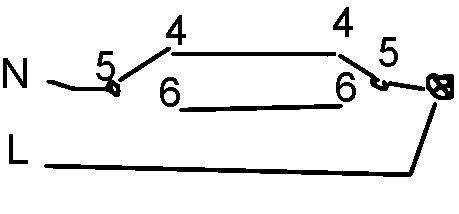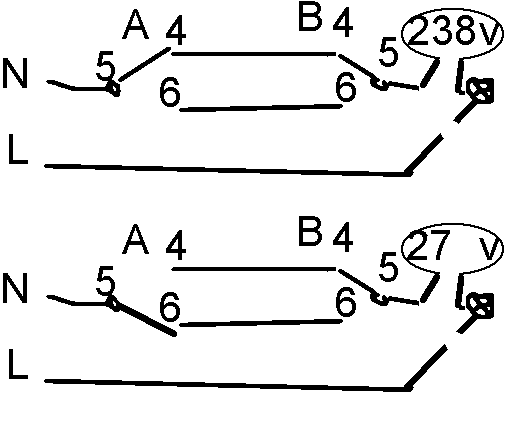I have a light that trips the 5A fuse. It trips it regardless if there is bulb in it. And regardless of which neutral wire switch is on (it has two). And it did trip the fuse once after I disconnected the fitting (to eliminate it). Then I hooked a tester to it and for some reason it has stopped tripping it. Fitting shows full resistance 1 but if I connect live and neutral to the ohmmeter with fuse on (switch off), the Ohms fluctuate. After switching the fuse off, the fluctuations gradually not in frequency but in amplitude go down. It is about 4s cycle.
Update: The light in the bedroom next to it, hooked to the same fuse stays firmly on 1. Then going back to the iffy one, fluctuates again. That is with live wire live and neutral disconnected at switch.
Update: The light in the bedroom next to it, hooked to the same fuse stays firmly on 1. Then going back to the iffy one, fluctuates again. That is with live wire live and neutral disconnected at switch.
Last edited:










